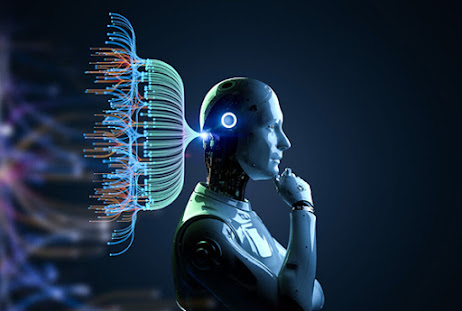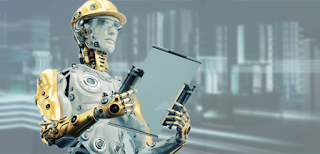AI techniques to Botswana database

The second largest diamond exploration database! Artificial Intelligence (AI) to be applied to our Botswana database said, Botswana Diamonds plc. Botswana Diamonds announces that it is going to apply Artificial Intelligence techniques to our Botswana database. The company has the second largest diamond exploration database in Botswana. This is an excellent foundation to incorporate AI to assist in a comprehensive search for new diamond deposits and potentially other minerals. Botswana Diamonds said, our database consists of, 1: c.95,000 sq km of data. 2: c.375,000 km airborne geophysical data. 3: 606 ground geophysical surveys. 4: c.228,000 soil sample results. 5: c.32,000 drill hole logs & 6: In total 380 gigabyte of data and 260,000 files. The company will utilise Planetary AI Ltd Xplore mineral prospectivity technology which was developed in collaboration with International Geoscience Services Limited. Xplore is a system that uses a unique combin...
